At the institute, Kaster attended lectures by leading scholars, engaged in discussion sessions, visited historical sites, and conducted research at the Library of Congress, where the seminar was based. Leading historian Paul Finkelman, who was recently named president of Gratz College in Pennsylvania, and humanities professor Paul Benson of Mountain View College co-directed the institute, which considered whether the Constitution was pro-slavery, antislavery, or some mix of both. Learn more at the summer institute website.
Kaster, who won the 2018 Edgar M. Carlson Award for Distinguished Teaching, took a few minutes to answer our questions about his work at the NEH Summer Institute, the relevance of studying history, and the impact his experience will have on Gustavus students.
Q: How does the study of slavery and the Constitution inform today’s world as the United States continues to confront issues of race and power?

A: There is simply no way to fully appreciate or understand both the tenacity and complexity of present-day issues of race and power without coming to grips with the uncomfortable historical reality that chattel slavery in the United States was not only a labor system but also, crucially, a legal regime undergirded by the supreme law of the land, the Constitution. What this means is that white supremacy, which went hand in hand with slavery, was not simply a matter of individual prejudice but rather was systemically made and re-made by and in the law through countless court cases and specific laws, most infamously the Supreme Court’s Dred Scott opinion of 1857 (asserting among other things that blacks, whether free or slave, were not citizens of the U.S.) and the federal Fugitive Slave Act of 1850 which left all free blacks vulnerable and denied basic constitutional rights (like habeas corpus) to alleged fugitives. At the same time, precisely because slavery (and with it white supremacy) was a legal regime, slaves and their white and black abolitionist supporters could seek to use the law to combat it.
One example of this, still not widely known or appreciated beyond the scholars who have studied them, are the freedom suits initiated by slaves (Dred Scott grew out of one), a surprising number of which were successful. Recall, too, that it was the law, in the form of the Thirteenth, Fourteenth, and Fifteenth Amendments to the Constitution—often referred to collectively as the Reconstruction Amendments—that ended the chattel slavery that had caused the Civil War, declared African Americans citizens, and enfranchised black men.
This history reminds us that in the United States the African American freedom struggle has been—and must necessarily be—at once a social, political, and legal struggle.

A: Over two intensive weeks my 24 colleagues and I were privileged to learn from distinguished scholars in the field, above all co-director Paul Finkelman, the leading historian of slavery and the law. Among the many insights we gleaned from the institute are the extent to which northern delegates to the Constitutional Convention in 1787 were willing to agree to constitutional protections of slavery, largely in exchange for congressional power to regulate commerce; the importance of the proslavery Supreme Court decision Prigg v. Pennsylvania (1842), which was arguably as significant as Dred Scott, for which it paved the way; the extent to which the Supreme Court under John Marshall and Roger Taney was a center of proslavery and racist jurisprudence, even in the case of a northern justice like Joseph Story of Massachusetts, who delivered the decision in Prigg; and, perhaps most interesting of all, the importance of paying attention to the dynamic relationship between actions in the public and social spheres, on the one hand, and the formal law on the other.
Q: What lessons from your time in Washington, D.C. will you share with Gustavus students? How does the institute inform your research work and classroom teaching?
A: My learning in the institute will profoundly impact my teaching, especially my three courses that deal directly with slavery—American Lives (typically focused around Abraham Lincoln, Frederick Douglass, and Harriet Beecher Stowe), Slavery and Freedom in the Atlantic, and Civil War America. I now have a much better understanding of why and how slavery in the United States was a constitutional or legal regime and I will be sharing that history with students through readings, including legal cases, and various other assignments, including, likely, in-class debates (for example, a debate over whether to obey or resist the Fugitive Slave Act of 1850). I will also be helping students to consider how and why that same history matters in our present. The result will be much richer and more nuanced teaching and also, I hope, learning about the role of law in the original sin of the United States and the legacies of that role.
As for my research, I used the institute to poke around in the Library of Congress collection of sermons in response to the Fugitive Slave Act of 1850. I am particularly interested in comparing the sermons of northern ministers who denounced the law as both unconstitutional and ungodly and called for resistance to it on the basis of higher law, and those moderates who deemed it constitutional if immoral and called for obedience to it lest the Union be torn asunder. I look forward to incorporating some of this material into my teaching, and suggesting to students parallels as well as differences between the legal and ethical issues raised by the Fugitive Slave Act and those raised by recent immigration policies.
Q: Outside of the institute, what were the highlights of your time in Washington, D.C.?

A: This institute was somewhat unique in that it made extensive use of historical sites related to the topic of slavery and the Constitution. We had tours of Frederick Douglass’s home (a National Park Service site), the Capitol (which free and enslaved African Americans helped to construct), the current Supreme Court building as well as the court’s early headquarters in the Capitol where Dred Scott was heard, and the African American Civil War Memorial. I also visited the phenomenal collections of the National Portrait Gallery with some other institute participants and made a solo first-time visit to the Martin Luther King memorial after a brief return visit to the Lincoln Memorial.
Most delightful of all, in my two weeks in Washington I reconnected with four Gustavus alums, three of them history majors and two of whom just coincidentally happened to be in the city. On my very first night I was walking out of the hotel when the institute’s co-directors stopped me to say I needed to return to the lobby to meet a former student. At first I thought they must be mistaken. Then, as I entered the lobby, there was Luanne (Hicks) Bigbear ’91. We recognized each other immediately, even though 27 years had passed since we last saw one another at her graduation. The happy coincidences continued when our group toured the Smithsonian’s new Museum of African American History and Culture and it turned out that one of the museum people interacting extensively with our group was a Northern Illinois University graduate school classmate I hadn’t seen in some 40 years! He is the museum’s Senior Curator. Fittingly, and planned in advance, on my last full day in D.C. I had dinner with the daughter of a Gustavus trustee and her friend, both of whom live and work there.
Washington is one of the great capital cities in the world, and both professor emeritus Kate Wittenstein and I have visited and researched there numerous times over the years, always seeing and learning something new each time. We love its history, energy, and national and international diversity. Finally, I would be remiss not to note the intense pleasure I took in being able to regularly enjoy superb raw and fried oysters simply by walking to one of the city’s excellent oyster houses just a few blocks away from our hotel. Historical study in the company of distinguished scholars and diverse and interesting colleagues, the incomparable sights and sounds of the nation’s capital, happy Gustavus reconnections, and dozens of bivalves made the institute especially rewarding and memorable.
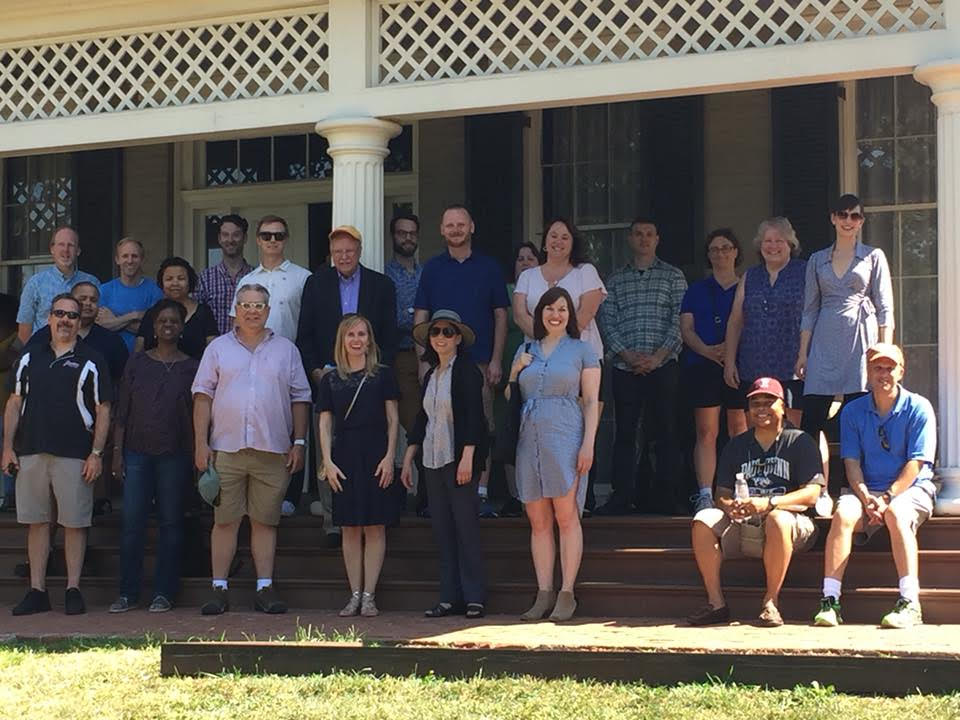
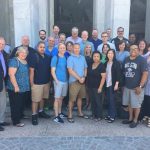
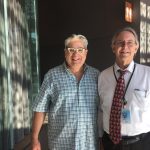
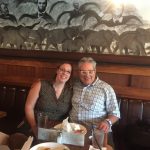
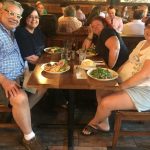
Leave a Reply
You must be logged in to post a comment.